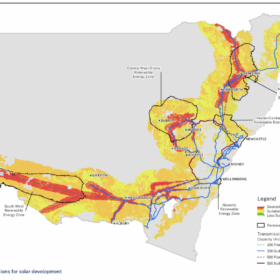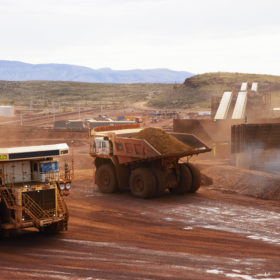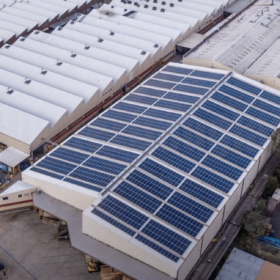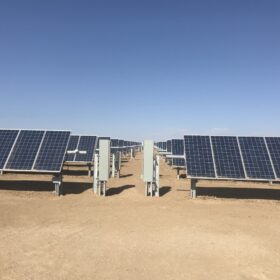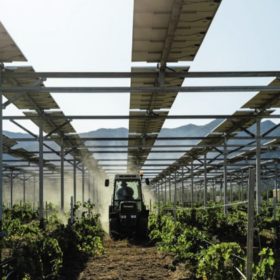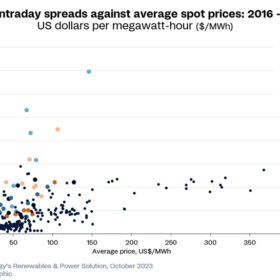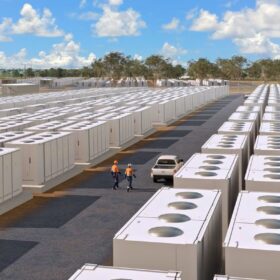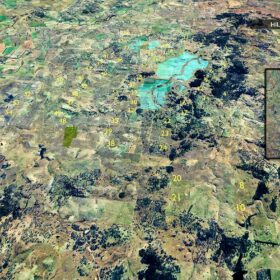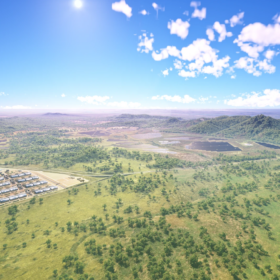NSW gov proposes ‘standard’ benefit sharing and revised approval pathways to accelerate renewables
The NSW government has published a suite of draft guidelines for renewable projects, most notably proposing community benefit sharing fees of $850/MW per annum for solar, and $1050/MW for wind. While the guidelines are an attempt to level the playing field between communities, local councils, and big developers, some fear the proposed rules could undercut ongoing negotiations.
Fortescue applied for vast land tenements in WA Pilbara just after scrapping Uaroo
Fortescue has applied for land tenements spanning 150,000 hectares, an area twice the size of Singapore, to build renewable projects to supply its operations in the Pilbara region of Western Australia.
Solar-plus-storage outperforms diesel in US military survival analysis
The US Department of Energy’s National Renewable Energy Laboratory (NREL) has determined that Antora Energy’s solar-plus-storage system meets the US military’s stringent standards, as it significantly outperforms emergency diesel generators in survivability probabilities.
NSW coastal council and volunteers to repurpose secondhand solar panels locally
A council on the NSW South Coast is prioritising the reuse of solar panels, partnering with a volunteer community group to either gift or resell the panels locally.
Why True Zero carbon is the right side of history
It is time to call out the problems of Net Zero, Enosi’s Grant McDowell argues. To reach a fully renewable grid, companies and institutions instead must embrace what he calls True Zero.
LAVO pivots to new model, offering households renewable ecosystems via subscriptions at no upfront cost
LAVO, which entered the market with its hydrogen battery in 2021, has soft launched a new Energy-as-a-Service model. Partnering with Yingli Solar, LAVO says it can install and maintain solar, battery and EV charging systems at no upfront cost to Australian households, who will then pay off the systems via a 10-year subscription.
Quinbrook introduces energy tracing into portfolio as Australia hesitates on granular certificate scheme
Renewable energy investor and developer Quinbrook has launched software to allow customers to trace both the source and carbon-intensity of their electricity in real-time. The energy-tracing platform comes at an important moment, just as Australia’s government is deciding whether to include time-stamped and granular source information in its formal certificate schemes.
Agrivoltaics and the art of farming under cover
Ground-mounted PV is increasingly being investigated not only as a renewable generator, but as shelter for crops and creatures under fire from climate change. Last week’s All Energy conference handed the mike to some pioneers in the field.
Australia labelled world’s ‘most volatile’ electricity market
Australia’s power market is experiencing the most pricing fluctuations of anywhere in the world, according to research from Rystad Energy. This volatility is a result of unplanned coal plant outages, natural disasters impacting transmission lines, and high solar penetration pushing down midday prices.
RMIT software tool unlocks BIPV design
RMIT University in Australia has developed new software that integrates product, regulation, technical, economic, and construction data. It helps architects and engineers to estimate the cost of building-integrated photovoltaics (BIPV) during the conceptual design phase.
